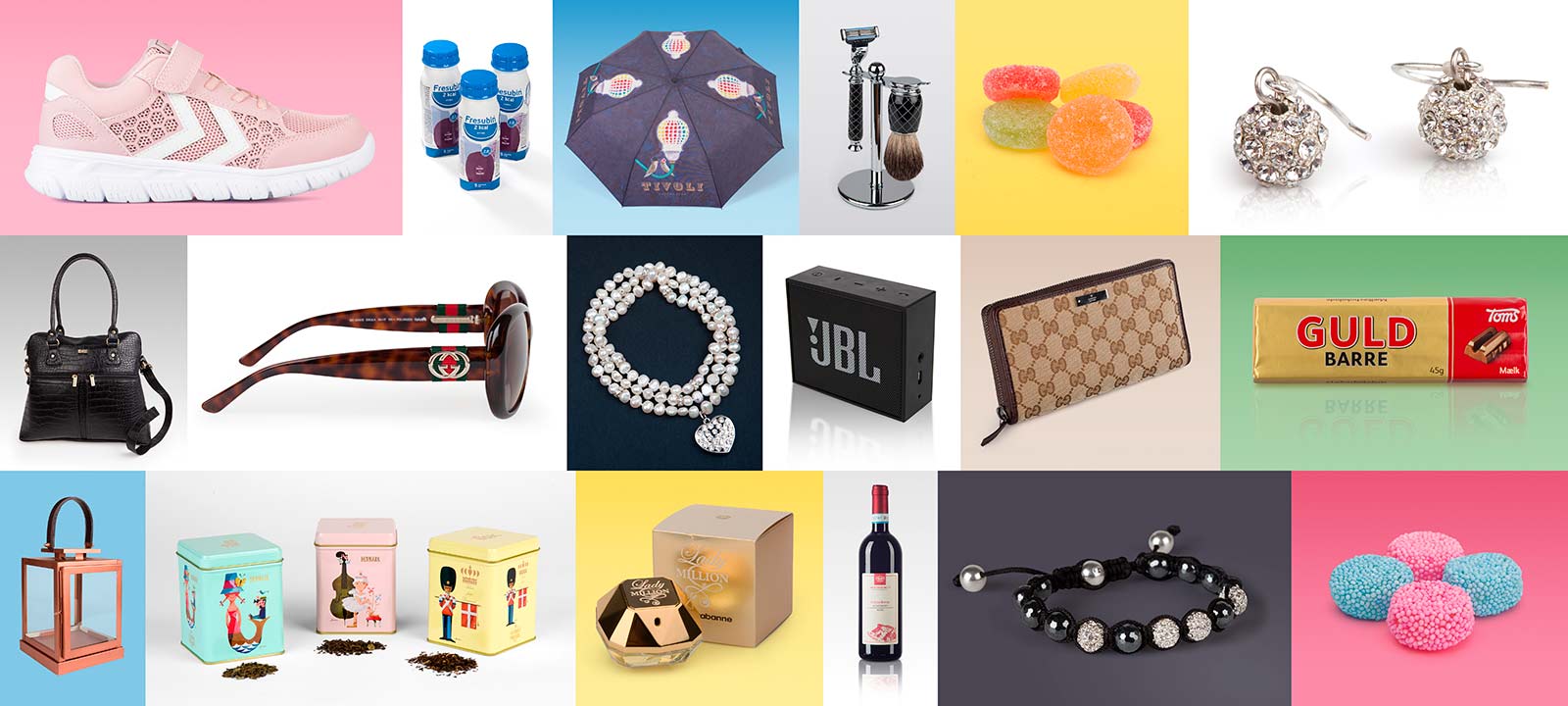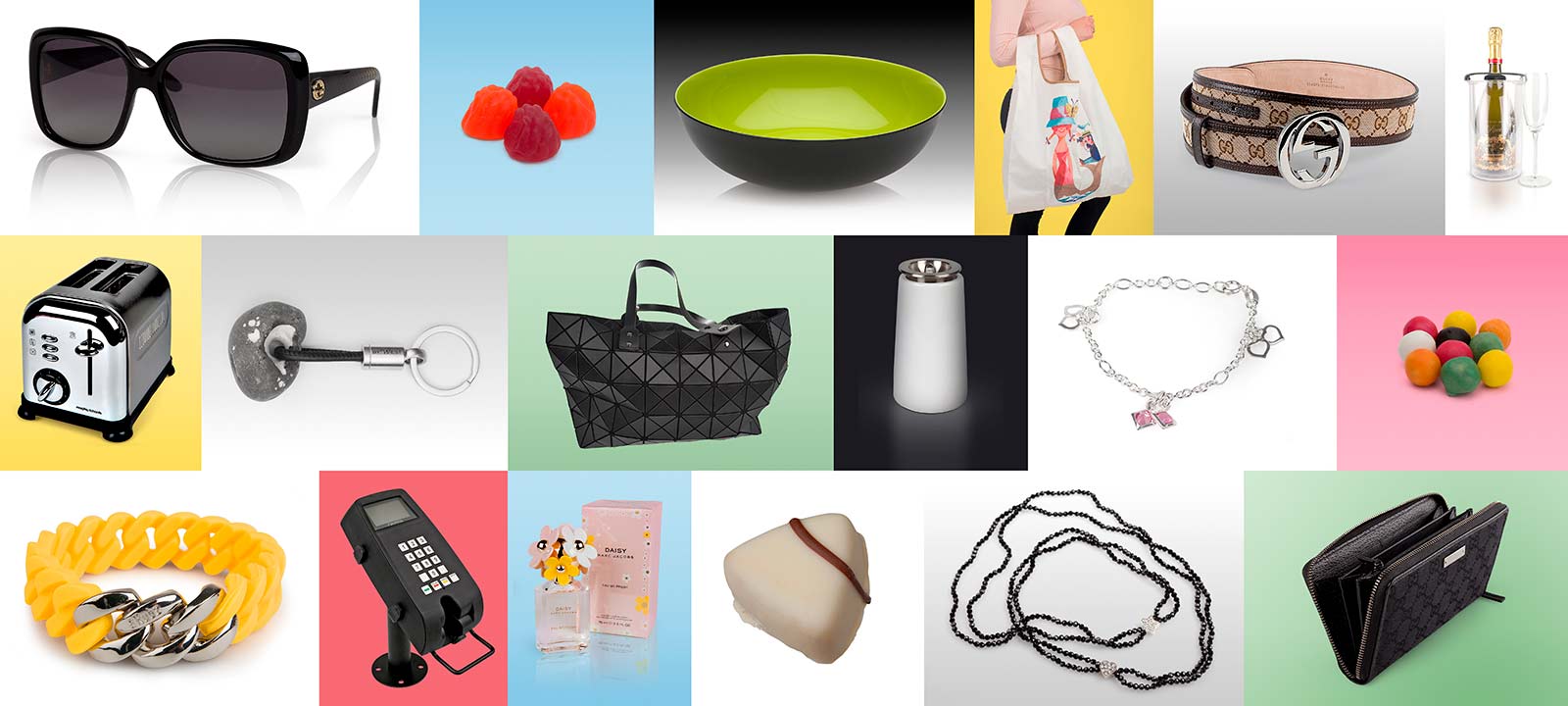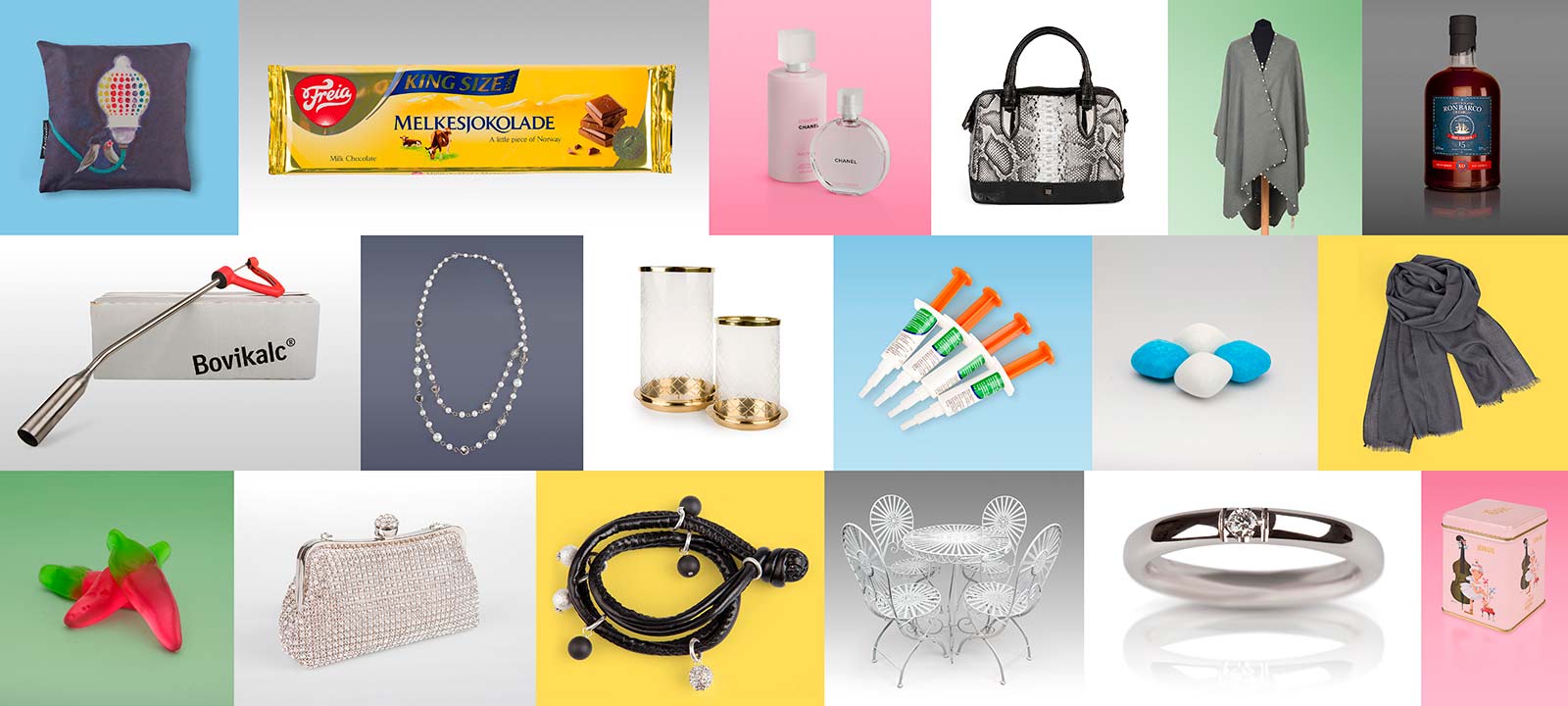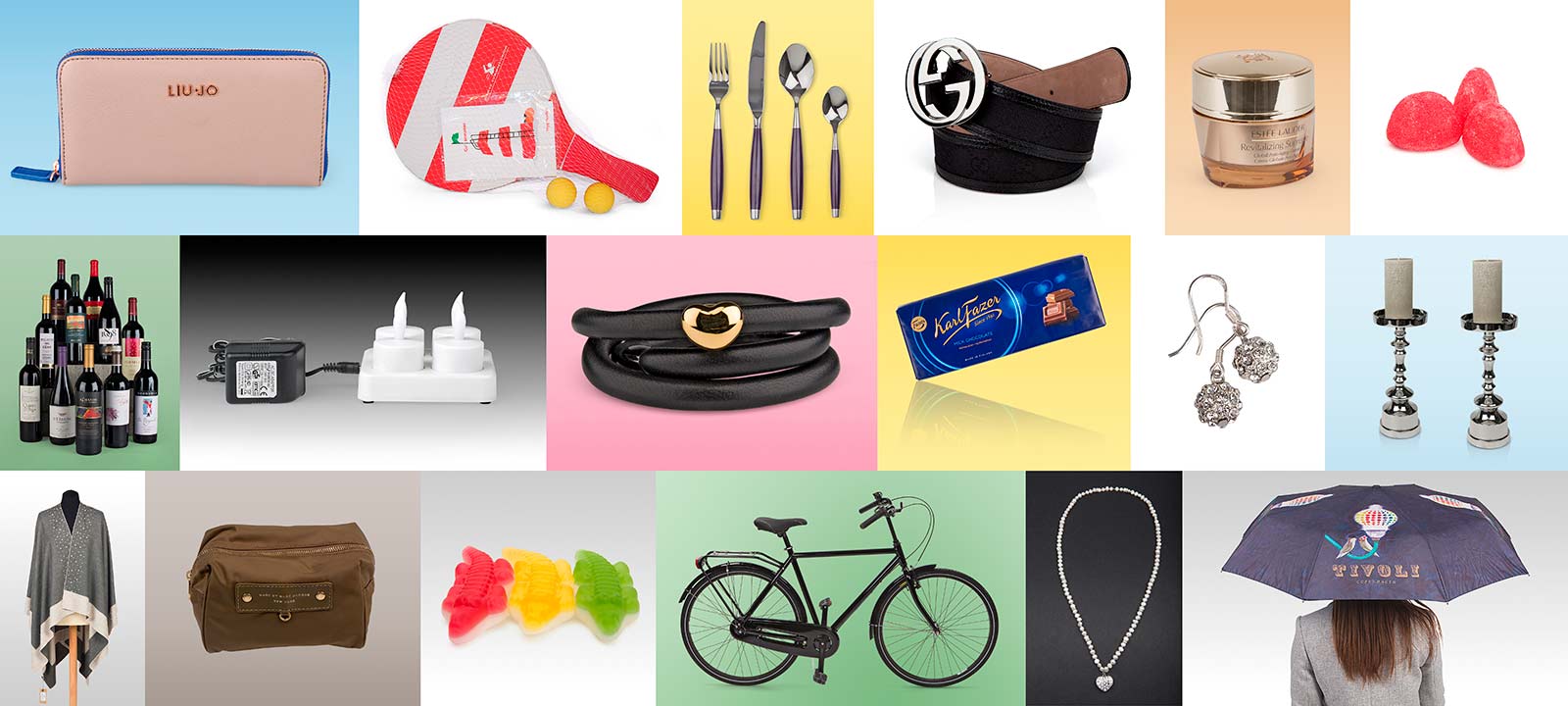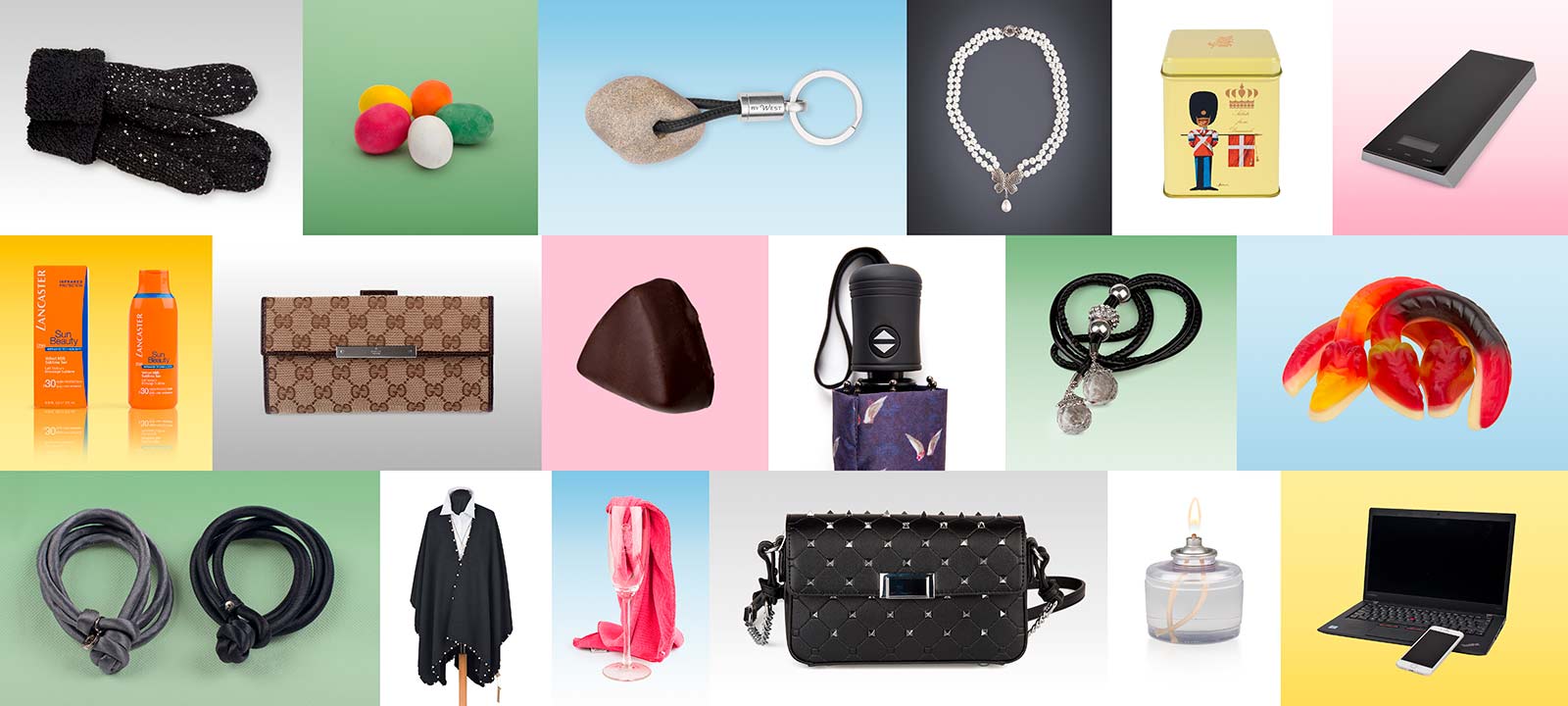Print With Conscience
GREENWASHING
OR
DOCUMENTED SUSTAINABILITY?
Sustainability frequently turns up as an environmental argument in the marketing of products and services. When the claims that are used are undocumented however, this is called greenwashing.
So it’s essential that any claims are based on the guidelines of the Danish Ministry of Industry, Business and Financial Affairs’ independent supervisory authority, the Consumer Ombudsman, on the use of environmental and ethical claims.
Definition of sustainability
The Danish Consumer Ombudsman writes: ‘… a development that meets the needs of the present generations without compromising the ability of future generations to meet their own needs…’
In addition, the Danish Consumer Ombudsman writes the following about sustainability in relation to the production of packaging or printing, for example:
”Sustainability claims’ means in particular the use of statements, etc., which – from the perspective of a life cycle assessment or product chain analysis – convey the impression that the manufacturing of a product or planning of an activity of a trader has been made with key focus on social and ethical conditions and on making the smallest possible environmental footprint (air, water, soil, subsoil and noise) and health impact in view of the technological and financial possibilities.’
HOW DOES
PRINT WITH CONSCIENCE
ENSURE
DOCUMENTED SUSTAINABILITY?
In order to avoid greenwashing and ensure documented sustainability, the Danish Consumer Ombudsman advises that you consider whether the company you are working with takes a focused and holistic approach to the environment, climate, health and ethics from a life cycle and product chain perspective.
Thus, the use of ecolabels such as ‘the Swan’, ‘the Flower’, the FSC®label or ‘Cradle to Cradle’ cannot be made in isolation, but rather, according to the Danish Consumer Ombudsman supported by additional initiatives and certifications.
PRINT WITH CONSCIENCE is therefore your guarantee for production that has been documented as sustainable and which is built around the Danish Consumer Ombudsman’s guidelines.



The Danish Consumer Ombudsman writes: ’The ’life’ or ’life cycle’ of a product refers to all the phases which the product goes through from ’cradle to grave’. The phases are consecutive and interrelated and may be associated with the product as such or elements thereof...
’’Life cycle assessment’ covers the mapping of the (environmental) conditions and assessment of any material (environmental) impact throughout the entire product life cycle, from the acquisition of raw materials and manufacturing, to the use and disposal of the product and the transportation of the product during and between these phases. In the raw material phase, natural raw materials are extracted and processed, e.g., through mining, forestry or agriculture.’
...In the manufacturing phase, the product is produced from the raw materials, and the use phase refers to the use of the product by the end user. When the product has been used and worn out, it is handed over for recycling or end processing...’
Our targeted and systematic work on improving PRINT WITH CONSCIENCE’s environmental performance is documented in the ISO 14001 certification. ISO 14001 is the most widely recognised international standard for environ- mental management systems. It ensures that PRINT WITH CONSCIENCE lives up to the stan- dard’s requirements for inspection, monitoring and reducing the environmental impact that the company’s activities may have.
PRINT WITH CONSCIENCE is also produced under the Nordic Swan Ecolabel. On the basis of a product’s life cycle, the Nordic Swan Ecolabel sets out requirements for the environmental performance of printed paper and other printed matter. The requirements are tightened on a regular basis, and there are also requirements for the quality of the product and its packaging, as well as the subsequent waste management. Certification is managed by the Danish authority Ecolabelling Denmark.
PRINT WITH CONSCIENCE’s use of raw materials for the manufacture of printed matter also contributes to sustainable forestry. This is documented by the FSC® C134691 (Forest Stewardship Council®) certification. As the only forest certification system in the world, it has the support of global environmental organisations such as WWF and Greenpeace.
The purpose of FSC® is to promote environmentally, socially and eco- nomically responsible forest management. Good forestry ensures that logging maintains the forest’s biological diversity, productivity and ecological processes.
Furthermore, operations must be carried out so that the local area around the forest also benefits. The financial returns must not over-shadow consideration for nature and people.

FSC®certification is given on the condition that both the raw materials supplier and the manufacturer can trace the paper back through the supply chain, thereby guaranteeing that the material used meets the requirements. As FSC® is based on the sustainability of a forest’s management rather than a complete life cycle assessment, it cannot stand alone as a label. PRINT WITH CONSCIENCE fulfils its life cycle assessment through DS 49001/ISO 26000 CSR certification.
PRINT WITH CONSCIENCE takes quality into account throughout its entire manufacturing process and work with CSR. The focus is on continuous improvements, efficiency and customer satisfaction. Our ISO 9001 certification for quality management is proof of this.
The objective is to improve the company’s ability to deliver products and services that meet customer, regulatory and legal requirements. Furthermore, it is this certification that creates the synergy between all PRINT WITH CONSCIENCE’s certifications and labels, each of which covers different areas and requirements. Our work with ISO 9001 on integrating the various brands and certifications means that PRINT WITH CONSCIENCE meets all of the Danish Consumer Ombudsman’s recommendations.


The Danish Consumer Ombudsman writes, ’It may, however, be very difficult to carry out a life cycle assessment of ethical conditions.
For that reason, traders may apply globally oriented social responsibility guidances as a basis for the required documentation, e.g., the UN Global Compact or ISO 26000 ‘Guidance on social responsibility’, while at the same time making sure that relevant activities in the company’s supply chains and sphere of influence as a whole are also taken into account in connection with the use of isolated, general ethical claims.
Danish guidances, such as DS 49001 ‘Social responsibility management system’ and DS guidance 49004 ‘Social responsibility’, may also serve as point of departure for the actual documentation substantiating the claim if they provide an equally adequate basis for documentation.’
PRINT WITH CONSCIENCE is based on the ethical work of the UN Global Compact, which sets out ten general principles for companies’ CSR work.
PRINT WITH CONSCIENCE also follows the Graphic CSR Code – the graphic industry’s code of social responsibility, which has been developed in collaboration with the trade union HK – and the CSR certification DS 49001/ISO 26000, which is a management system for corporate social responsibility. This means that we define goals, prioritise and work continually in areas such as human rights, labour rights, the environment and anti-corruption.
These efforts cover all of PRINT WITH CONSCIENCE’s activities across the product chain and in relation to the suppliers involved in the manufacture of printed products. PRINT WITH CONSCIENCE also works strategically with the physical and psychological working environment from a social and health perspective.
Here, we use the international standard and health and safety certification ISO 45001. This ensures that we are constantly and systematically improving our health and safety environment and minimising risks for both our employees and stakeholders.
In recognition of our high standards in the area of health, safety and the environment, Kailow has been awarded the Danish Working Environment Authority’s crown Smiley. The crown Smiley shows that we have made an extraordinary effort to ensure a high level of health and safety. In addition, we work with several of the UN’s 17 Sustainable Development Goals. Specifically, we work with Goal 12 to ensure responsible consumption and production methods.


The Danish Consumer Ombudsman writes, ’If a trader uses climate neutrality claims, a calculation must be made of the total emissions of climate gases from the product, activity or the company marketed.
The total emissions must be nil.
The six greenhouse gases covered by the Kyoto Protocol must be included in the calculations, which must be made accor- ding to recognised scientific methodologies, e.g., according to the IPCC Emission Factor Database, the Greenhouse Gas Protocol or relevant ISO standards.
The trader must seek to reduce his emissions of greenhouse gases by taking steps to reduce emissions from production or from the company, depending on the marketing claim.
The trader must make a plan for reducing the relevant emissions, which must be verified by an independent body, and submit emission accounts. Such accounts must provide information on the calculation of the emissions and the values used for translating the gases into CO2 equivalents...’
All PRINT WITH CONSCIENCE products are climate neutral. We keep climate change accounts and manufacture our products under the brand ClimateCalc, which is a calculation tool that calculates the climate impact of an individual graphic product from a life cycle perspective. In this way, we can advise the customer on choices that can reduce the climate impact and CO2 emissions of a specific printed material.
The climate change accounts also show the most important focus areas in relation to our ambitions of reducing Denmark’s total emissions by 70% by 2030. We use this in part to set goals for how we can continuously improve PRINT WITH CONSCIENCE’s performance.
ClimateCalc is based on Intergraf’s international standard for climate calculation, and the calculation system has been verified as
conforming to ISO 14064-1 and ISO 16759 standards. It is the only one of its kind in the world that can be described as international.


The Danish Consumer Ombudsman requires that independent experts assess whether the trader’s sustainability claims are objective and well documented.
The Danish Consumer Ombudsman writes, ’The documentation must be adequate, which normally implies that the claims must be capable of being substantiated by statements or studies by independent bodies with recognised professional qualifications...’
These specific instructions are the most important aspect of sustainable production and services because this is where your company is checked as to whether it can document its sustainability claims.
This means that you must always ask for documentation from independent bodies to ensure that you do not cooperate on the basis of undocumented claims and ecolabels based solely on your own checks.
As stipulated by the Danish Consumer Ombudsman, Kailow is regularly checked by recognised, independent experts. This is the seal of approval for our production and services.
Please see the documentation on page 24 or contact us if you would like further explanation or insight into our work.

All of the Danish Consumer Ombudsman’s guidance is intended specifically to protect consumers from goods whose manufacturers have claimed to be sustainable without any documentation. For example, a brochure or packaging is not sustainable just because it’s biodegradable or compostable, as it may well have been manufactured under criticisable working conditions.
For example, you cannot claim to be sustainable simply because you use wind power in your production, because printed matter produced in this way may have been manufactured using paper that cannot be recycled. Similarly, printed matter is not sustainable just because it is biodegradable, as it may still be biodegradable despite the printing ink having been manufactured in a dye factory that is not energy-optimised.
Sustainability only occurs when you look at the entire product from the perspective of a life cycle assessment and the entire product chain. PRINT WITH CONSCIENCE therefore covers all the environmental, climate, health and ethical aspects, which the Danish Consumer Ombudsman lists as conditions for a company to be able to call itself sustainable.
In other words: If you want to work actively towards a sustainable transition, ask for documentation of the environmental, climate, health and ethical impact of a product from a lifecycle perspective and for the entire product chain the next time you order printed matter or packaging material.
If you have any questions about PRINT WITH CONSCIENCE’s work in general or would like more information about something specific, please contact printmedomtanke@kailow.dk
www.kailow.dk
www.forbrugerombudsmanden.dk
www.ecolabel.dk/da
dk.fsc.org/dk-da
www.hk.dk
dk.climatecalc.eu
www.unglobalcompact.org
www.un.org/sustainabledevelopment
at.dk

PRINT WITH CONSCIENCE is for companies who want to take a critical approach to their purchasing and work proactively towards a sustainable transition. PRINT WITH CONSCIENCE has ambitions of setting the highest possible standards for a documented sustainable production of packaging and printing.
If Denmark wishes to apply the concept of sustainability to its products, there are a long list of guidelines for use of the concept, so that companies don’t mislead their customers with undocumented claims.
In this publication, we provide you with an introduction to the guidelines for documented sustainable products and services. We will also explain how Kailow, through its concept of PRINT WITH CONSCIENCE, works with the Danish Consumer Ombudsman’s guidance on the use of environmental and ethical claims.
We have included statements from the guidelines to support the introduction to our work with the various guidelines. We advise that you read more about the various ecolabels from these labels’ owners however, just as we encourage you to read the entire guide, as it gives you a complete insight into how much claimed sustainability we are all exposed to every day.
We hope you enjoy reading this website.








- Does ’PRINT WITH CONSCIENCE’ ensure that its paper and card comes from forests with biodiversity requirements? YES
- Is the publication or packaging climate neutral? YES
- Does PRINT WITH CONSCIENCE work under the Danish Working Environment Authority’s crown Smiley for extraordinary efforts to ensure a high level of health and safety? YES
- Are there requirements for material efficiency and minimising waste in production? YES
- Can PRINT WITH CONSCIENCEs products be recycled up to 15 times as a raw material for the production of new paper, packaging or hygiene products? YES
- Is PRINT WITH CONSCIENCEs work checked in detail by acompletely impartial expert body? YES
- Is the publication or packaging biodegradable/compostable? YES
- Does PRINT WITH CONSCIENCE work under health and safety certified conditions? YES
- Is there a focus on energy efficiency throughout the entire product chain? YES
- If you want to make a proactive effort towards sustainable transition, do you need to ask for documentation of claims made about the environment, climate, health and ethics from a life cycle and product chain perspective? YES
- Is there documented chain liability in terms of production? YES
- Does the production of the publication or packaging comply with UN principles on human rights and labour standards? YES
- Does PRINT WITH CONSCIENCE work with relevant objectives based on the UN’s 17 Sustainable Development Goals? YES
- Is my printed matter free from waste materials such as hazardous slag and the like? YES
- Is the publication or packaging produced under organized working conditions? YES
- Is recycling better for the climate than biodegradation? YES
- Does the publication or packaging comply with the Danish Ombudsman’s sustainability regulations? YES
- Does the publication or packaging carry the Nordic Swan ecolabel? YES
- Is the publication or packaging free from harmful chemicals and endocrine disruptors? YES
- Is there complete transparency regarding all of PRINT WITH CONSCIENCEs work with the environment, climate, health and ethics? YES
- Can the publication or packaging be recycled? YES
- Does the paper or card come from sustainable forestry? YES
- Have the most climate friendly materials been used in production? YES
- Is PRINT WITH CONSCIENCE working towards the goal of reducing Denmark’s total CO2 emissions by 70% by 2030? YES

























SEE THE SPEECH BUBBLES IN LIST FORM
Does ’PRINT WITH CONSCIENCE’ ensure that its paper and card comes from forests with biodiversity requirements? YES
Is the publication or packaging climate neutral? YES
Does PRINTING WITH CONSCIENCE work under the Danish Working Environment Authority’s crown Smiley for extraordinary efforts to ensure a high level of health and safety? YES
Are there requirements for material efficiency and minimising waste in production? YES
Can PRINT WITH CONSCIENCEs products be recycled up to 15 times as a raw material for the production of new paper, packaging or hygiene products? YES
Is PRINT WITH CONSCIENCEs work checked in detail by acompletely impartial expert body? YES
Is the publication or packaging biodegradable/compostable? YES
Does PRINT WITH CONSCIENCE work under health and safety certified conditions? YES
Is there a focus on energy efficiency throughout the entire product chain? YES
If you want to make a proactive effort towards sustainable transition, do you need to ask for documentation of claims made about the environment, climate, health and ethics from a life cycle and product chain perspective? YES
Is there documented chain liability in terms of production? YES
Does the production of the publication or packaging comply with UN principles on human rights and labour standards? YES
Does PRINTING WITH CONSCIENCE work with relevant objectives based on the UN’s 17 Sustainable Development Goals? YES
Is my printed matter free from waste materials such as hazardous slag and the like? YES
Is the publication or packaging produced under organized working conditions? YES
Is recycling better for the climate than biodegradation? YES
Does the publication or packaging comply with the Danish Ombudsman’s sustainability regulations? YES
Does the publication or packaging carry the Nordic Swan ecolabel? YES
Is the publication or packaging free from harmful chemicals and endocrine disruptors? YES
Is there complete transparency regarding all of PRINT WITH CONSCIENCEs work with the environment, climate, health and ethics? YES
Can the publication or packaging be recycled? YES
Does the paper or card come from sustainable forestry? YES
Have the most climate friendly materials been used in production? YES
Is PRINT WITH CONSCIENCE working towards the goal of reducing Denmark’s total CO2 emissions by 70% by 2030? YES

